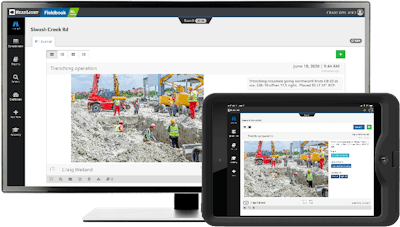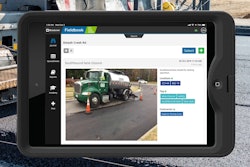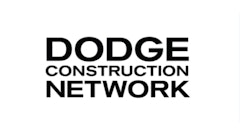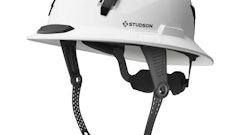
A study conducted by the Louisiana Transportation Research Center revealed that Louisiana Department of Transportation and Development (DOTD) inspectors using the HeadLight photo-based inspection technology experienced a 28% increase in productivity when creating and submitting daily work reports (DWRs), records that provide an overview of project progress. The increase in productivity for department-wide adoption is estimated to produce 117,000 hours per year that can be leveraged to accelerate additional projects for the taxpayers of Louisiana.
“It is critical that our employees are equipped with tools that enable them to do their jobs more effectively,” said Shawn Wilson, department secretary at the DOTD. “Not only do we need to ensure all infrastructure projects are safe, but we want to execute them efficiently, so we minimize disruptions to residents and spend taxpayer dollars responsibly. Leveraging innovative technology enabled our agency to be more productive. Further, we can continue to leverage and analyze information for future projects to ensure we’re applying past learnings to the management of new projects.”
In addition to supporting infrastructure projects across the state, the partnership between DOTD and HeadLight also played a critical role in addressing the devastation caused by Hurricane Laura and a historic hurricane season in 2020.
According to Entergy, the DOTD faced thousands of miles of impacted roadways and more than 360,000 people in Louisiana were without power after Hurricane Laura hit. The power outages across the state disrupted legacy systems, making it impossible to access them. However, HeadLight is a cloud-based solution, so the dedicated DOTD employees were able to access the system and view real-time updates from their colleagues across the region. DOTD’s strategic use of advanced cloud-based technology and HeadLight’s ability to customize its platform enabled the agency to complete 1.1 million cu. yds. of debris cleanup following Hurricane Laura even with Hurricane Delta bearing down on the state.
“Our partnership with Louisiana DOTD has proven to be very effective and we are honored to support the agency as they continue to find innovative ways to leverage technology to operate more efficiently and ultimately better serve the taxpayers across the state,” said Si Katara, president and co-founder of HeadLight. “Departments of Transportation are managing complex projects, often worth billions of dollars. HeadLight enables more collaboration regardless of location, high-quality observations with the incorporation of images and customizable features to meet each state’s specific needs. By modernizing the inspection process, states will see improvement in time savings and more effective use of funds.”
The study also revealed that inspectors using HeadLight collected and shared 1.9 times more jobsite information while increasing the number of photo and other media observations, which contributes to a more complete record of the project. With more details about projects, employees and contractors can collaborate more effectively and readily address challenges as well as easily prevent issues, disputes, and claims made in relation to a project. Since adopting the technology, DOTD has reduced claims by more than 75%, ensuring the agency’s funds are spent on the development of projects and issues are addressed quickly and in partnership with contractors.
With HeadLight’s mobile technology, all observations are tagged with time and location metadata, and DWRs are automatically generated from daily observations eliminating omission and transcription errors. The technology securely stores all observations in a central database. DOTD can leverage the database to track and analyze trends across projects as well as refer to the data to address project questions, project closeout, or for training purposes.
DOTD also improved the timeliness of DWR submissions. Compared with traditional processes, the study discovered that HeadLight provided substantial improvements in on-time submission rates. The study analyzed DOTD’s pilot program with 182 users of the mobile technology on 50 projects in four districts across an 18-month period.
For additional insights, view the report here.



















